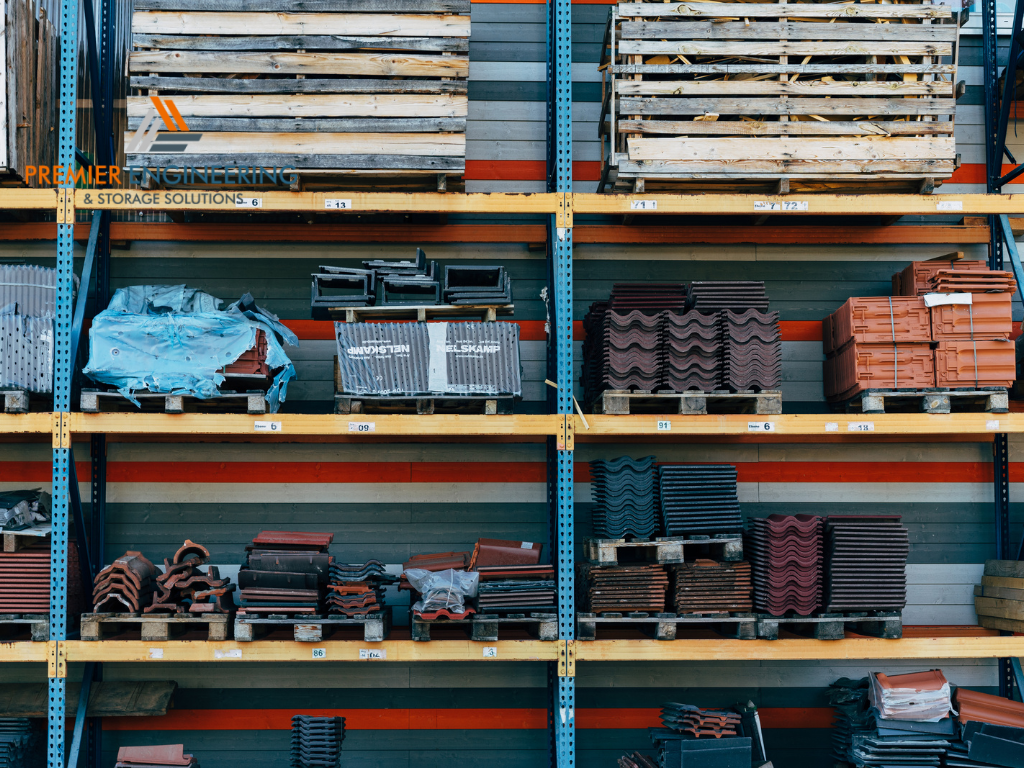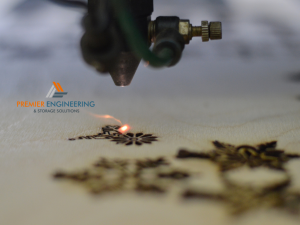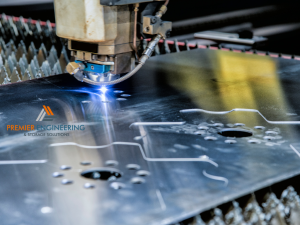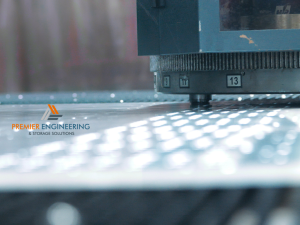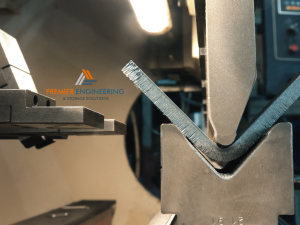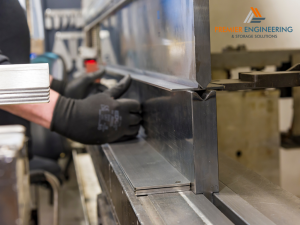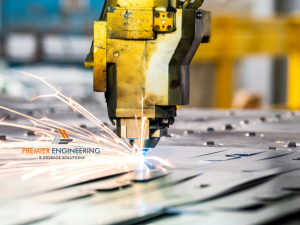The modern need for efficiency and organization in both living and working spaces has elevated the importance of smart storage solutions. Among these, modular shelving systems stand out for their unparalleled flexibility and customization options. These systems have become increasingly popular, providing practical yet stylish solutions for cluttered homes and busy office environments alike.
The Appeal of Modular Shelving Systems
Modular shelving units offer a dynamic approach to storage, allowing for a personalized setup that can adapt to various environments and aesthetic preferences. Their appeal lies in the ability to create storage solutions that are as unique as the spaces they inhabit. Whether it’s for displaying cherished collections, organizing office supplies, or optimizing household storage, modular systems provide an elegant and functional answer to storage needs.
Benefits of Modular Systems
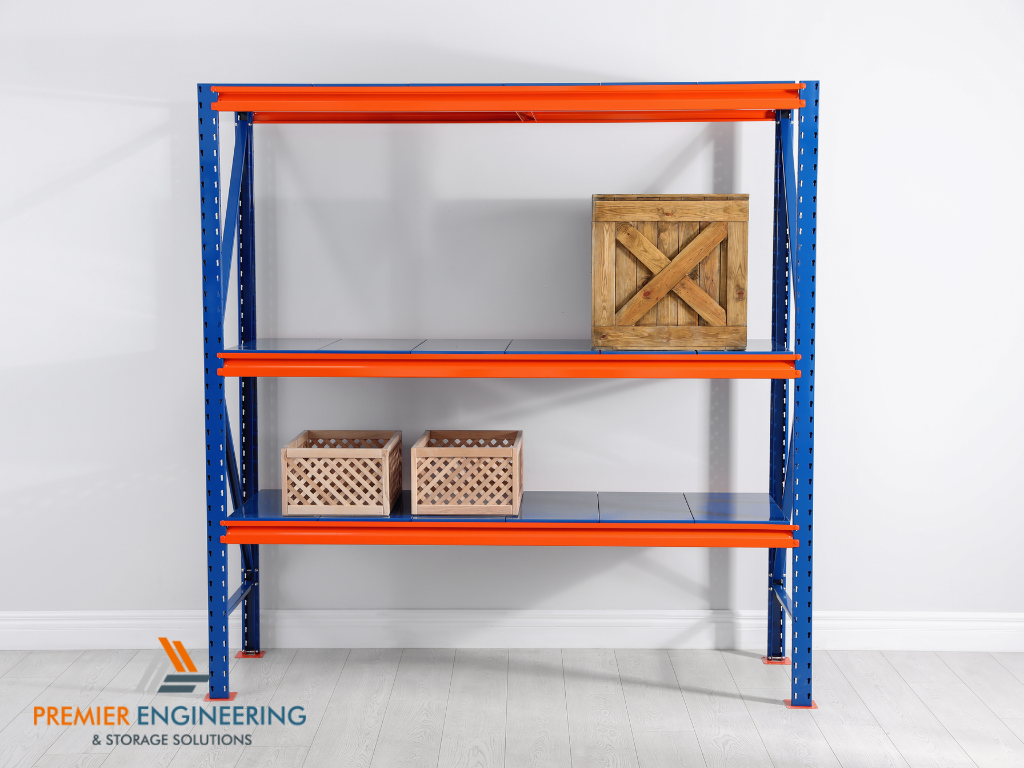
Adaptability to Space and Needs
One of the core advantages of modular shelving is its adaptability. Designed to fit any space, modular systems can be configured to suit specific storage requirements, making them an ideal choice for rooms of all sizes and purposes. From tight corners to expansive wall spaces, these systems can be tailored to maximize storage efficiency and minimize clutter, offering a bespoke solution that off-the-shelf options cannot match.
Scalability for Future Growth
As needs change and grow, so too can modular shelving systems. Their scalability is a significant benefit, allowing for easy expansion or reconfiguration. This feature is particularly valuable in dynamic environments where storage needs evolve, such as growing families or businesses. Modular systems eliminate the need for complete overhauls, enabling gradual adjustments that adapt to changing requirements without compromising on style or functionality.
Designing Your Modular System
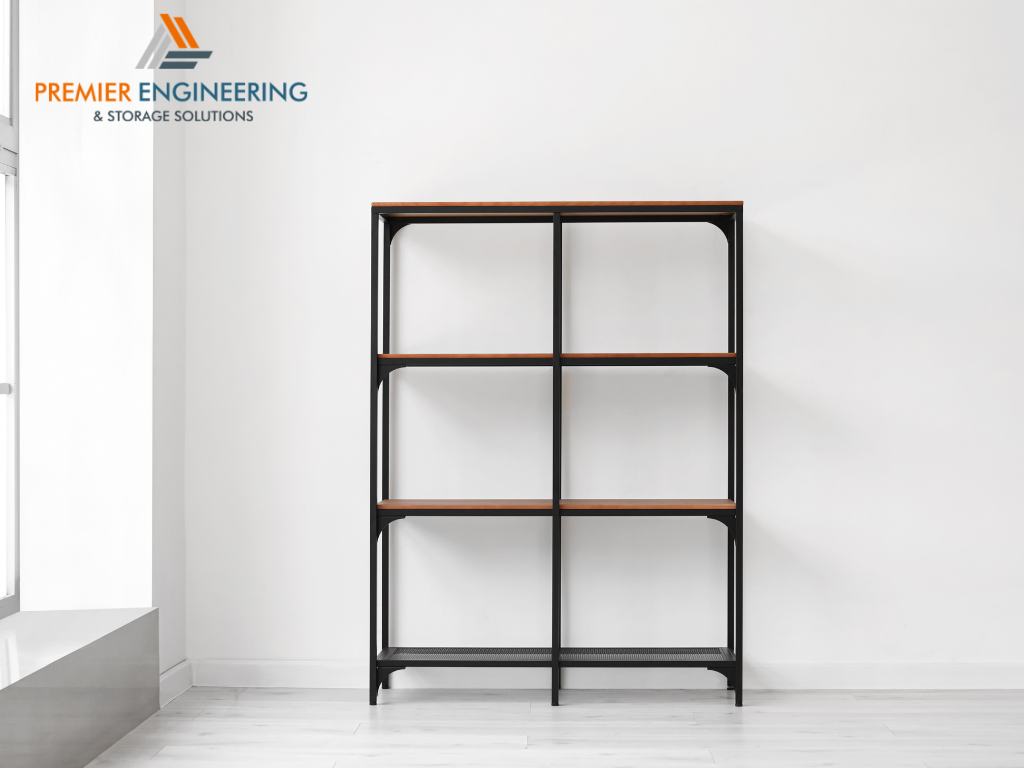
Planning for Optimal Use
Designing an effective modular shelving system begins with careful planning. Start by assessing the space available and determining your primary storage needs. Consider the items you need to store, their sizes, and how frequently you access them. Planning for optimal use involves envisioning the system’s layout, ensuring it serves its purpose efficiently, whether it’s for easy access to daily essentials or the aesthetically pleasing display of decorative items.
Selecting Components and Accessories
The versatility of modular shelving systems is further enhanced by a wide range of components and accessories. Shelves, drawers, and cabinets can be mixed and matched to create the perfect storage combination, while bins and dividers help organize items more effectively. Selecting the right components involves considering both the functional and aesthetic aspects of the shelving system, ensuring it meets your storage needs while complementing your space’s design.
Incorporating Design and Aesthetics
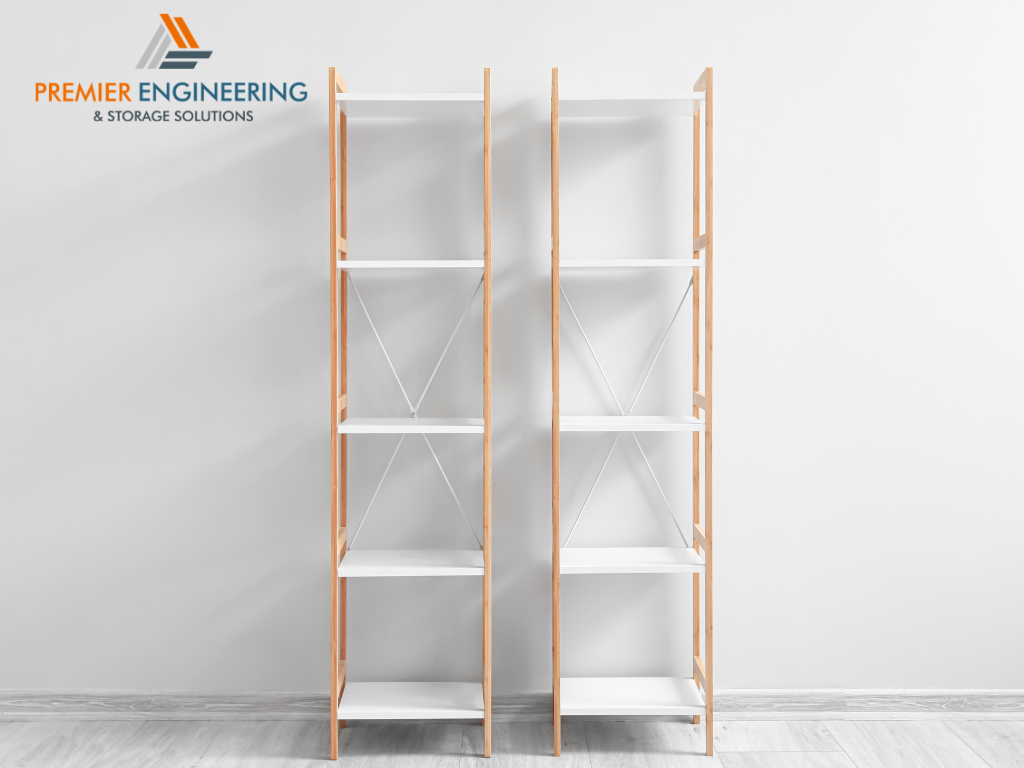
Choosing Materials and Finishes
The selection of materials and finishes for your modular shelving system plays a crucial role in how it complements your existing decor and meets its intended use. Wood shelves can add warmth and a classic feel to any room, making them ideal for living areas and offices. Metal shelves offer durability and a modern aesthetic, perfect for kitchens and industrial spaces. Glass components can introduce a touch of elegance and openness, suitable for displaying items in a living room or study. When choosing finishes, consider the color scheme of your space; opt for finishes that harmonize with your current decor to create a cohesive look.
Aesthetic Considerations
While functionality is paramount, the aesthetics of your modular shelving should not be overlooked. Consider the overall design theme of your room and choose a shelving style that enhances that theme. Think about the balance and proportion of the shelving unit within the space—it should be visually appealing without overwhelming the room. Additionally, the arrangement of items on the shelves can significantly impact aesthetics; organize items in a way that varies height and texture, adding decorative elements to personalize the space and make it feel more inviting.
Installation and Assembly Tips

DIY Assembly Guidance
Assembling modular shelving units can be a rewarding DIY project. Begin by carefully reviewing the manufacturer’s instructions. Gather all necessary tools before starting, and if possible, enlist a helper. Lay out all components and hardware to ensure nothing is missing. Start by assembling the frame or base, ensuring it is level before adding shelves or other components. Take your time to tighten all connections securely but avoid over-tightening to prevent damage. Finally, anchor the unit to the wall if required to prevent tipping, especially in homes with children or pets.
Professional Installation Services
For complex configurations, large systems, or if DIY isn’t your strength, considering professional installation services is wise. Professionals can ensure that the shelving is assembled correctly and securely, providing peace of mind, especially for units that require wall mounting or integration into existing structures. When selecting a professional installer, look for experienced individuals or services with positive reviews and ensure they are familiar with the type of modular shelving system you have purchased.
Maintenance and Care
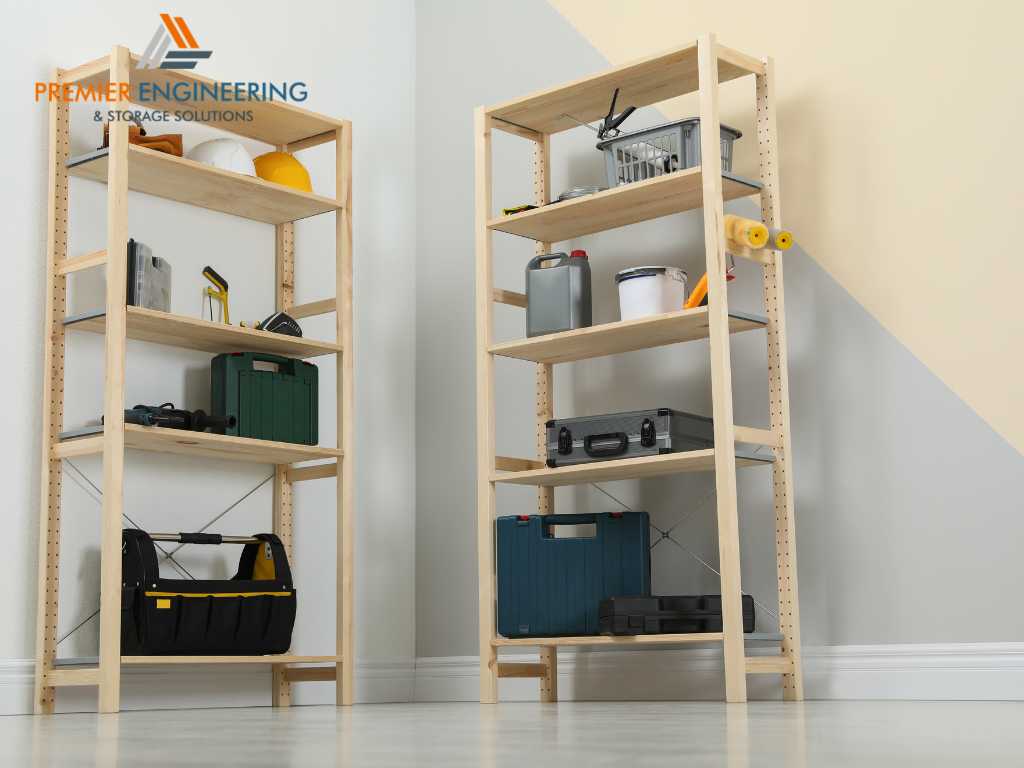
Keeping Your System in Top Condition
Maintaining and cleaning your modular shelving system is essential for preserving its functionality and aesthetic appeal over time. Here are some best practices:
- Regular Dusting and Cleaning: Use a soft cloth or duster to regularly remove dust from shelves. For tougher stains or spills, use a mild cleaner appropriate for the material of your shelving (e.g., wood cleaner for wooden shelves), and always follow the manufacturer’s cleaning recommendations.
- Check for Wear and Tear: Periodically inspect your shelving for any signs of wear, such as scratches, dents, or loose components. Address these issues promptly to prevent further damage.
- Re-tighten Connections: Over time, the connections and fittings in modular shelving can become loose due to regular use or adjustments. Periodically check and tighten these connections to ensure the unit remains stable and secure.
- Avoid Overloading: Be mindful of the weight limits for each shelf to prevent sagging or damage. Distribute weight evenly across the shelves and consider rearranging items if a shelf appears to be under strain.
By following these maintenance tips, you can ensure your modular shelving system remains a stylish and functional part of your space for years to come.
Conclusion
Shelving units offers a versatile and stylish solution to meet a wide range of storage needs, making it an ideal choice for those looking to enhance their living or working spaces. With its adaptability, scalability, and wide range of design options, modular shelving can significantly improve the organization and aesthetics of any environment.
The key to maximizing the benefits of modular shelving lies in selecting the right components, materials, and finishes to suit your space and needs, installing the system correctly, and maintaining it regularly. By investing in a modular shelving system and caring for it properly, you’re not just organizing your space; you’re adding value and character to your home or office.

